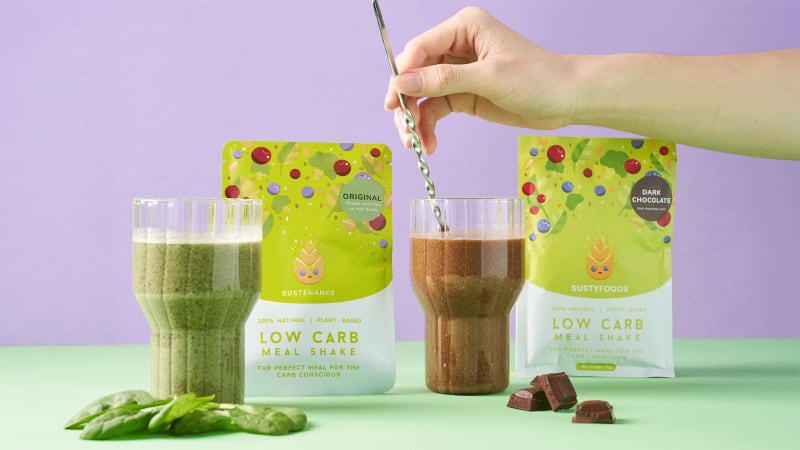Started in 2017, Sustyfoods has developed a range of meal replacement and protein shakes, with the business grown to hit million-dollar annual revenues.
Speaking to NutraIngredients-Asia, Gautam Param, co-founder of Sustyfoods, shared his observations on the increasing demand for natural ingredients, functionality, convenience, and different formats.
“For meal replacements or even protein shakes, people are looking for natural and whole ingredients. They want an ingredients list that they can recognise, without too many E numbers or chemicals in there.
“Our meal shakes are made from plant-based whole foods that are not only better for you, but also more filling. Every product we develop, we keep it minimally processed so that consumers don’t have to worry about side effects in the long run. Some companies use maltodextrin as carbohydrate, we use oats. Instead of whey protein, we use brown rice protein, and so on.”
Sustyfoods’ bestseller is its Low Carb Shake, which comes in Original (Less Sweet) and Dark Chocolate flavours.
Param attributes the popularity of its low-carbohydrate series to its dual functionality as a product that supports weight loss and blood sugar control.
“Due to the prevalence of diabetes, there is greater awareness of the link between carbohydrates and blood sugar spikes. Consumers are looking up products with the lowest calories. The combination of weight loss and lower carbohydrate content seems to be very popular.”
According to Param, another important advantage of meal replacements is the ease of consumption.
“Consumers are gravitating towards things that are more convenient, such as food delivery and instant foods. Our meal replacement shakes are packed in single-serving sachets. You just need to mix the powder with water or milk, and shake well in a bottle for 30 to 45 seconds before drinking. The convenience definitely plays a role in its popularity.”
Moving forward, there could also be higher demand for meal replacements beyond the powder format.
“In Japan, there’s a company that makes noodles that contain all the nutrients you need, including vitamins and minerals. I believe there will be more meal replacements coming out in these formats — comfort foods that consumers are familiar with and that are more akin to normal meals.”
Savoury options
Sustyfoods recently did a small-batch beta launch of its new tomato soup premix product.
“One thing we realised is that when people have these meal replacements, they don’t always want something sweet for lunch. They want something warm and savoury, so it feels like they are having an actual meal.
“We developed the tomato soup premix to serve this specific need. It has sufficient protein, fibre and micronutrients to get you through until the next meal, but if you want more vegetables in there, you can simply add them and cook,” Param shared.
After gathering feedback, the firm has gone on to tweak the formulation and ingredients to improve the texture, mouthfeel and taste. The product is slated to launch within the next few months.
In addition, the firm is looking to build on the tomato soup product by incorporating solid foods such as green fruits and vegetables, as well as to expand its savoury offerings.
Focused on D2C
Sustyfoods’ primary sales channel is its website, which the firm intends to maintain.
“We were offered retail a while back, but we didn’t take it up. The main reason is the profit margin. We make whole foods-based products with premium ingredients. Going through a retailer or distributor typically means giving up 50% of the retail price. We can’t really afford that because the product is costly to make,” said Param.
The firm ships in Singapore, and to Hong Kong, Australia, and Taiwan.
“Singapore and Hong Kong are our main markets, with the bulk of our revenue coming from the former. Our business has been growing over the years, and we will continue to focus on our key markets.”



